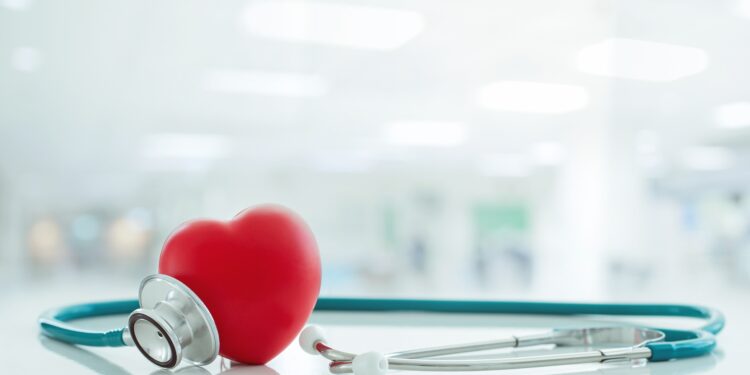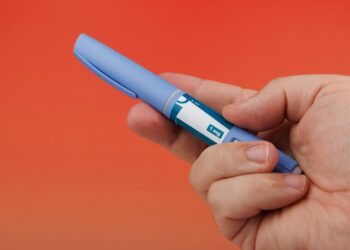By age 40, more than half of Americans have high blood pressure, but many are unaware of it. Hypertension has long been known as the silent killer. When it’s left untreated it can be deadly. And it’s considered a silent threat since most people have no symptoms. You can’t feel the pressure in your blood vessels increasing.
New recommendations from the American Heart Association aim for early treatment, including lifestyle changes and medications, once systolic blood pressure rises above 130/80 mm Hg, which stands for millimeters of mercury, a measure of pressure. Experts say it’s clear that the sooner you take action, the more you can protect yourself.
Hypertension is a leading cause of heart disease, which is the No. 1 cause of death of both men and women in the U.S. High blood pressure also increases the risk of kidney disease and dementia. And research shows that hypertension can lead to damage in small blood vessels in the brain, which is linked to cognitive decline.
“There’s a really enormous preventive health opportunity in treating hypertension earlier,” says Dr. Jordana Cohen, a nephrologist and hypertension specialist at the University of Pennsylvania. She says millions of adults in the U.S. could benefit from medications and lifestyle changes.
“If you catch it early, and treat it early, you can end up with many more years of healthy life expectancy,” Cohen says, pointing to a reduced risk of heart attacks, strokes, kidney damage and dementia.
The new guidelines point to decades-old advice about the benefits of a low-sodium diet, which can be challenging to follow, given that more than half the calories consumed in the U.S. come from ultra-processed foods, which tend to be high in salt.
The new guidelines also emphasize lifestyle strategies including exercise, limiting alcohol consumption and stress reduction in the form of meditation, yoga, or deep breathing. For people with systolic blood pressure (the upper number) in the 130s, the recommendation is to start with these diet and lifestyle-related changes, then move to medication if blood pressure doesn’t improve.
For people who hit the risky range of a systolic blood pressure of 140 or higher, which is considered Stage 2 hypertension, evidence shows that starting on high blood pressure medications is beneficial.
“For all people with a blood pressure over 140/90 mm Hg, we recommend beginning with two medications,” Dr. Dan Jones, chair of the guideline writing committee at the Heart Association, told NPR. Research shows one medication alone is often not enough to lower blood pressure to the optimal range, he says.
There are several types of medications used to treat hypertension. They include diuretics that help the body get rid of extra salt and water, ACE inhibitors that help block the production of a hormone called angiotensin II, and help relax the blood vessels and calcium channel blockers that slow down the movement of calcium into cells, which can help lower pressure.
A study published in the New England Journal of Medicine found that the aldosterone-blocking drug known as baxdrostat was effective in lowering blood pressure in many people who have difficulty controlling their hypertension.












